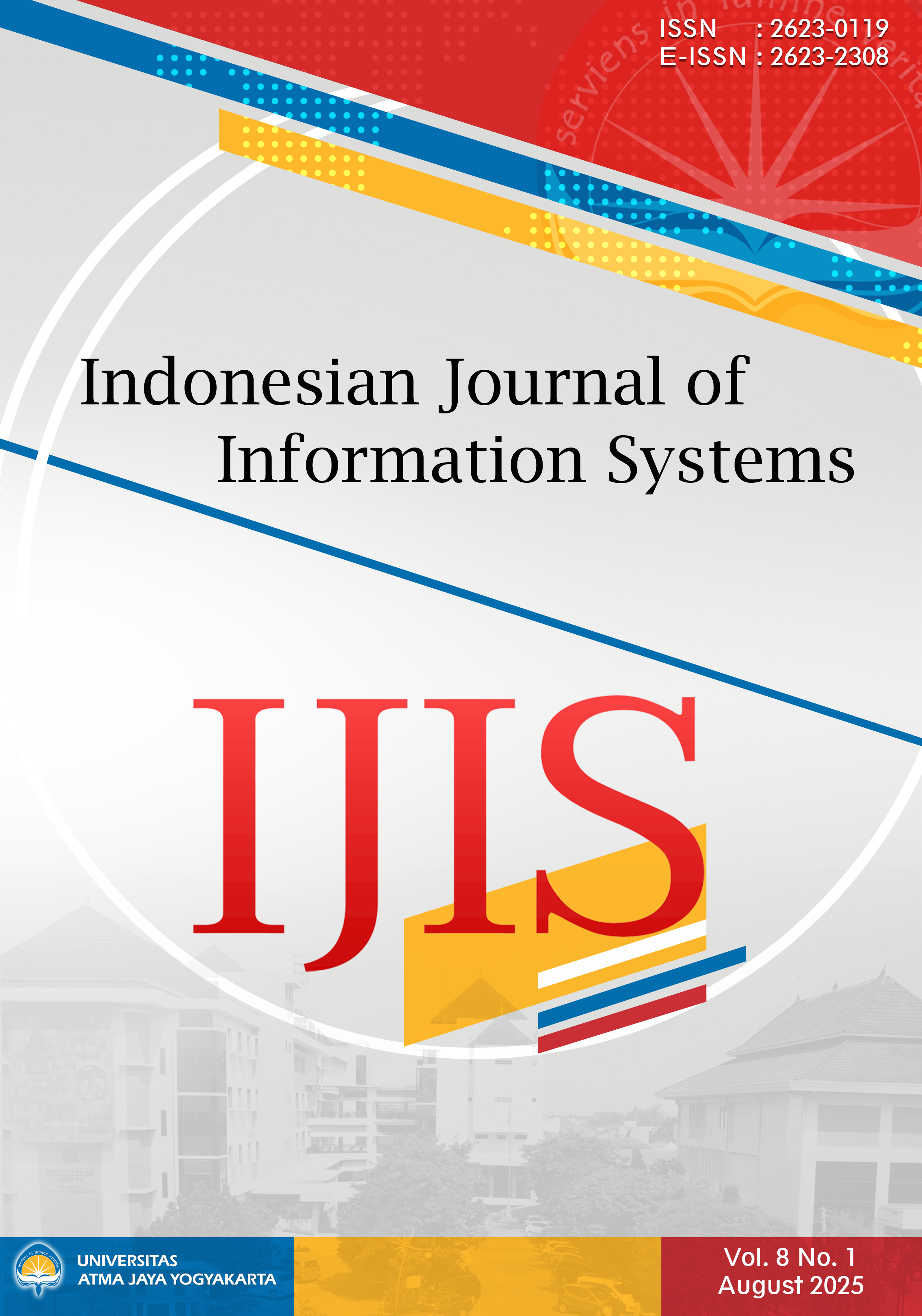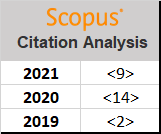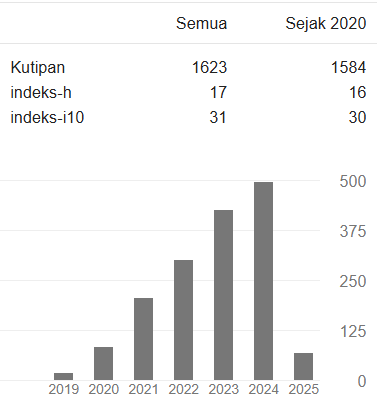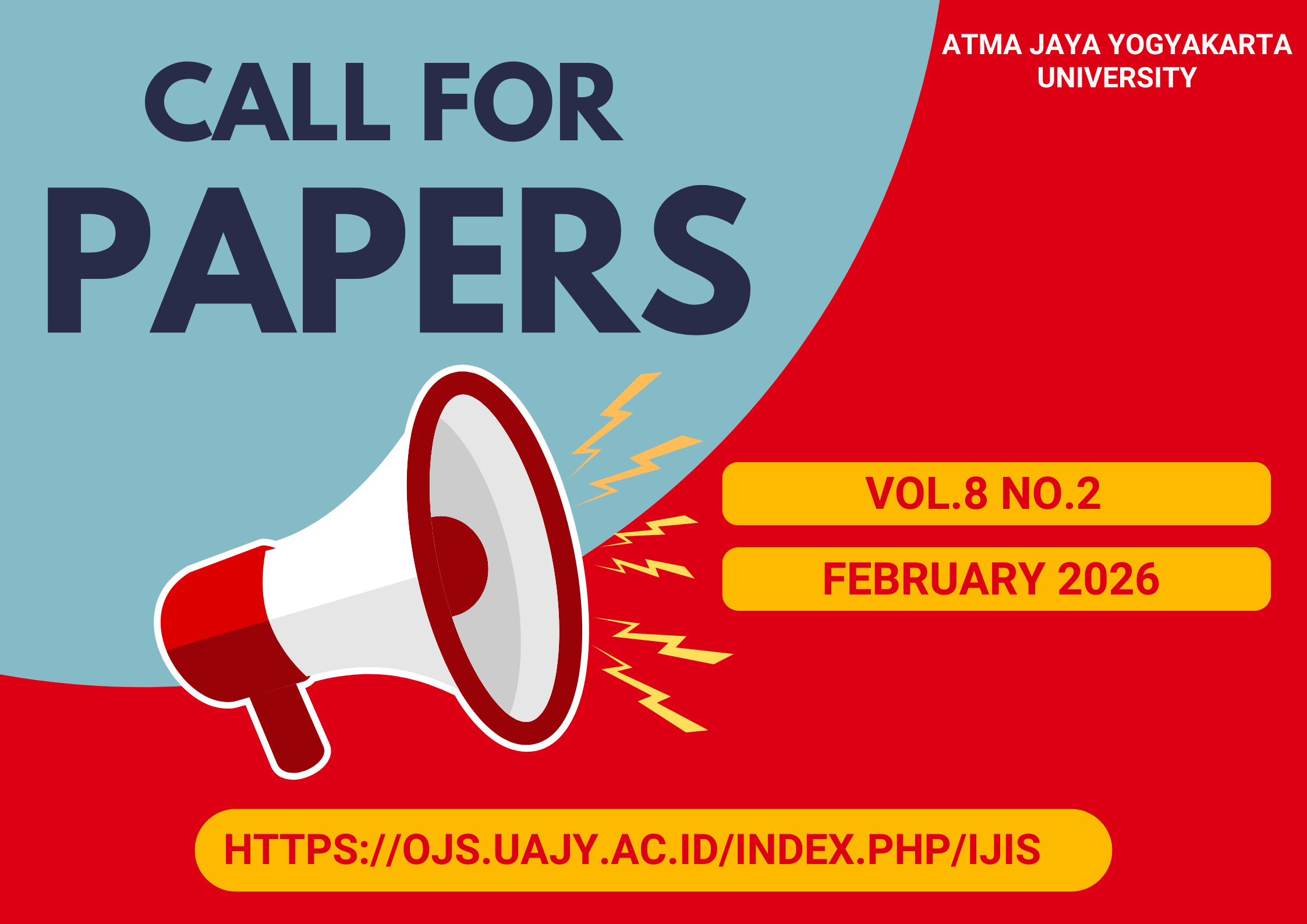Coral Detection based on Optimised Lightweight YOLO Model
DOI:
https://doi.org/10.24002/ijis.v8i1.11628Abstract
Coral reefs are essential marine ecosystems that face significant threats due to climate change, pollution, and overfishing. Effective monitoring is crucial for conservation efforts, but traditional methods are labor-intensive and inefficient. This study proposes a deep learning-based coral detection model built based on the YOLOv8 architecture, specifically for nano and small. In addition, the Ghost modules and Ghost bottlenecks were utilized to modify the original YOLOv8 small. The proposed model was trained on an underwater coral dataset and evaluated in terms of precision, recall, and mean Average Precision (mAP) metrics. Experimental results demonstrate that the YOLOv8 small model and YOLOv8 small model with Ghost modules achieved a mAP of 53.675% and 55.88%, respectively, while maintaining a compact model size. This work contributes to developing efficient and lightweight coral detection systems to support conservation efforts.
References
[1] N. M. D. Schiettekatte et al., “Biological trade-offs underpin coral reef ecosystem functioning,” Nature Ecology & Evolution 2022 6:6, vol. 6, no. 6, pp. 701–708, Apr. 2022, doi: 10.1038/s41559-022-01710-5.
[2] H. T. Pinheiro et al., “Plastic pollution on the world’s coral reefs,” Nature 2023 619:7969, vol. 619, no. 7969, pp. 311–316, Jul. 2023, doi: 10.1038/s41586-023-06113-5.
[3] T. D. Eddy et al., “Global decline in capacity of coral reefs to provide ecosystem services,” One Earth, vol. 4, no. 9, pp. 1278–1285, Sep. 2021, doi: 10.1016/j.oneear.2021.08.016.
[4] J. A. Cardenas et al., “A systematic review of robotic efficacy in coral reef monitoring techniques,” Mar Pollut Bull, vol. 202, p. 116273, May 2024, doi: 10.1016/J.MARPOLBUL.2024.116273.
[5] D. R. Bellwood, S. J. Brandl, M. McWilliam, R. P. Streit, H. F. Yan, and S. B. Tebbett, “Studying functions on coral reefs: past perspectives, current conundrums, and future potential,” Coral Reefs 2024 43:2, vol. 43, no. 2, pp. 281–297, Feb. 2024, doi: 10.1007/S00338-024-02474-Z.
[6] P. J. Edmunds, “Why keep monitoring coral reefs?,” Bioscience, vol. 74, no. 8, pp. 552–560, Sep. 2024, doi: 10.1093/BIOSCI/BIAE046.
[7] J. Teague, D. A. Megson-Smith, M. J. Allen, J. C. C. Day, and T. B. Scott, “A Review of Current and New Optical Techniques for Coral Monitoring,” Oceans 2022, Vol. 3, Pages 30-45, vol. 3, no. 1, pp. 30–45, Jan. 2022, doi: 10.3390/OCEANS3010003.
[8] A. Apprill et al., “Toward a New Era of Coral Reef Monitoring,” Environ Sci Technol, vol. 57, no. 13, pp. 5117–5124, Apr. 2023, doi: 10.1021/acs.est.2c05369.
[9] Z. Jan et al., “Artificial intelligence for industry 4.0: Systematic review of applications, challenges, and opportunities,” Expert Syst Appl, vol. 216, p. 119456, Apr. 2023, doi: 10.1016/J.ESWA.2022.119456.
[10] H. Galindo-Domínguez, N. Delgado, D. Losada, and J. M. Etxabe, “An analysis of the use of artificial intelligence in education in Spain: The in-service teacher’s perspective,” Journal of Digital Learning in Teacher Education, vol. 40, no. 1, pp. 41–56, 2024, doi: 10.1080/21532974.2023.2284726.
[11] M. A. Hamed, M. F. El-Habib, R. Z. Sababa, M. M. Al-Hanjor, B. S. Abunasser, and S. S. Abu-Naser, “Artificial Intelligence in Agriculture: Enhancing Productivity and Sustainability,” 2024. Accessed: Jan. 31, 2025. [Online]. Available: https://philpapers.org/rec/HAMAII-2
[12] A. Mandal and A. R. Ghosh, “AI-driven surveillance of the health and disease status of ocean organisms: a review,” Aquaculture International, vol. 32, no. 1, pp. 887–898, Feb. 2024, doi: 10.1007/s10499-023-01192-7.
[13] S. K. S. Rajan and N. Damodaran, “MAFFN_YOLOv5: Multi-Scale Attention Feature Fusion Network on the YOLOv5 Model for the Health Detection of Coral-Reefs Using a Built-In Benchmark Dataset,” Analytics 2023, Vol. 2, Pages 77-104, vol. 2, no. 1, pp. 77–104, Jan. 2023, doi: 10.3390/ANALYTICS2010006.
[14] O. Younes et al., “Automatic Coral Detection with YOLO: A Deep Learning Approach for Efficient and Accurate Coral Reef Monitoring,” 2024, pp. 170–177. doi: 10.1007/978-3-031-50485-3_16.
[15] Z. Lu, L. Liao, X. Xie, and H. Yuan, “SCoralDet: Efficient real-time underwater soft coral detection with YOLO,” Ecol Inform, vol. 85, p. 102937, Mar. 2025, doi: 10.1016/J.ECOINF.2024.102937.
[16] M. Li, H. Zhang, A. Gruen, and D. Li, “A survey on underwater coral image segmentation based on deep learning,” Geo-spatial Information Science, pp. 1–25, May 2024, doi: 10.1080/10095020.2024.2343323.
[17] A. Chowdhury, M. Jahan, S. Kaisar, M. E. Khoda, S. M. A. K. Rajin, and R. Naha, “Coral Reef Surveillance with Machine Learning: A Review of Datasets, Techniques, and Challenges,” Electronics 2024, Vol. 13, Page 5027, vol. 13, no. 24, p. 5027, Dec. 2024, doi: 10.3390/ELECTRONICS13245027.
[18] G. Jocher, A. Chaurasia, and J. Qiu, “Ultralytics YOLOv8,” 2023. [Online]. Available: https://github.com/ultralytics/ultralytics
[19] K. Han, Y. Wang, Q. Tian, J. Guo, C. Xu, and C. Xu, “GhostNet: More Features from Cheap Operations,” Nov. 2019, Accessed: Oct. 19, 2024. [Online]. Available: http://arxiv.org/abs/1911.11907
[20] H. Zhang, M. Li, J. Zhong, and J. Qin, “CNet: A Novel Seabed Coral Reef Image Segmentation Approach Based on Deep Learning,” 2024. Accessed: Jan. 31, 2025. [Online]. Available: https://mooreaidea.ethz.ch
[21] C. Li et al., “YOLOv6: A Single-Stage Object Detection Framework for Industrial Applications,” Sep. 2022, Accessed: Sep. 07, 2023. [Online]. Available: https://arxiv.org/abs/2209.02976v1
[22] C.-Y. Wang, A. Bochkovskiy, and H.-Y. M. Liao, “YOLOv7: Trainable bag-of-freebies sets new state-of-the-art for real-time object detectors,” Jul. 2022, Accessed: Sep. 07, 2023. [Online]. Available: https://arxiv.org/abs/2207.02696v1
[23] C.-Y. Wang, I.-H. Yeh, and H.-Y. M. Liao, “YOLOv9: Learning What You Want to Learn Using Programmable Gradient Information,” Feb. 2024, Accessed: Oct. 05, 2024. [Online]. Available: https://arxiv.org/abs/2402.13616v2
[24] A. Wang et al., “YOLOv10: Real-Time End-to-End Object Detection,” May 2024, Accessed: Jun. 02, 2024. [Online]. Available: http://arxiv.org/abs/2405.14458
[25] B. Zhao, Y. Zhou, R. Song, L. Yu, X. Zhang, and J. Liu, “Modular YOLOv8 optimization for real-time UAV maritime rescue object detection,” Scientific Reports 2024 14:1, vol. 14, no. 1, pp. 1–12, Oct. 2024, doi: 10.1038/s41598-024-75807-1.
[26] M. Hussain, “YOLOv1 to v8: Unveiling Each Variant–A Comprehensive Review of YOLO,” IEEE Access, vol. 12, pp. 42816–42833, 2024, doi: 10.1109/ACCESS.2024.3378568.
[27] J. Terven, D. M. Córdova-Esparza, and J. A. Romero-González, “A Comprehensive Review of YOLO Architectures in Computer Vision: From YOLOv1 to YOLOv8 and YOLO-NAS,” Machine Learning and Knowledge Extraction 2023, Vol. 5, Pages 1680-1716, vol. 5, no. 4, pp. 1680–1716, Nov. 2023, doi: 10.3390/MAKE5040083.
[28] X. Zhai, Z. Huang, T. Li, H. Liu, and S. Wang, “YOLO-Drone: An Optimized YOLOv8 Network for Tiny UAV Object Detection,” Electronics (Basel), vol. 12, no. 17, p. 3664, Aug. 2023, doi: 10.3390/electronics12173664.
[29] J. Sun, T. Xu, and Y. Yao, “An enhanced GhostNet model for emotion recognition: leveraging efficient feature extraction and attention mechanisms,” Front Psychol, vol. 15, p. 1459446, Apr. 2024, doi: 10.3389/FPSYG.2024.1459446/BIBTEX.
[30] C. Y. Wang, H. Y. Mark Liao, Y. H. Wu, P. Y. Chen, J. W. Hsieh, and I. H. Yeh, “CSPNet: A New Backbone that can Enhance Learning Capability of CNN,” IEEE Computer Society Conference on Computer Vision and Pattern Recognition Workshops, vol. 2020-June, pp. 1571–1580, Nov. 2019, doi: 10.1109/CVPRW50498.2020.00203.
Downloads
Published
How to Cite
Issue
Section
License

This work is licensed under a Creative Commons Attribution-ShareAlike 4.0 International License.
Indonesian Journal of Information Systems as journal publisher holds copyright of papers published in this journal. Authors transfer the copyright of their journal by filling Copyright Transfer Form and send it to Indonesian Journal of Information Systems.

Indonesian Journal of Information Systems is licensed under a Creative Commons Attribution-NonCommercial 4.0 International License.

















